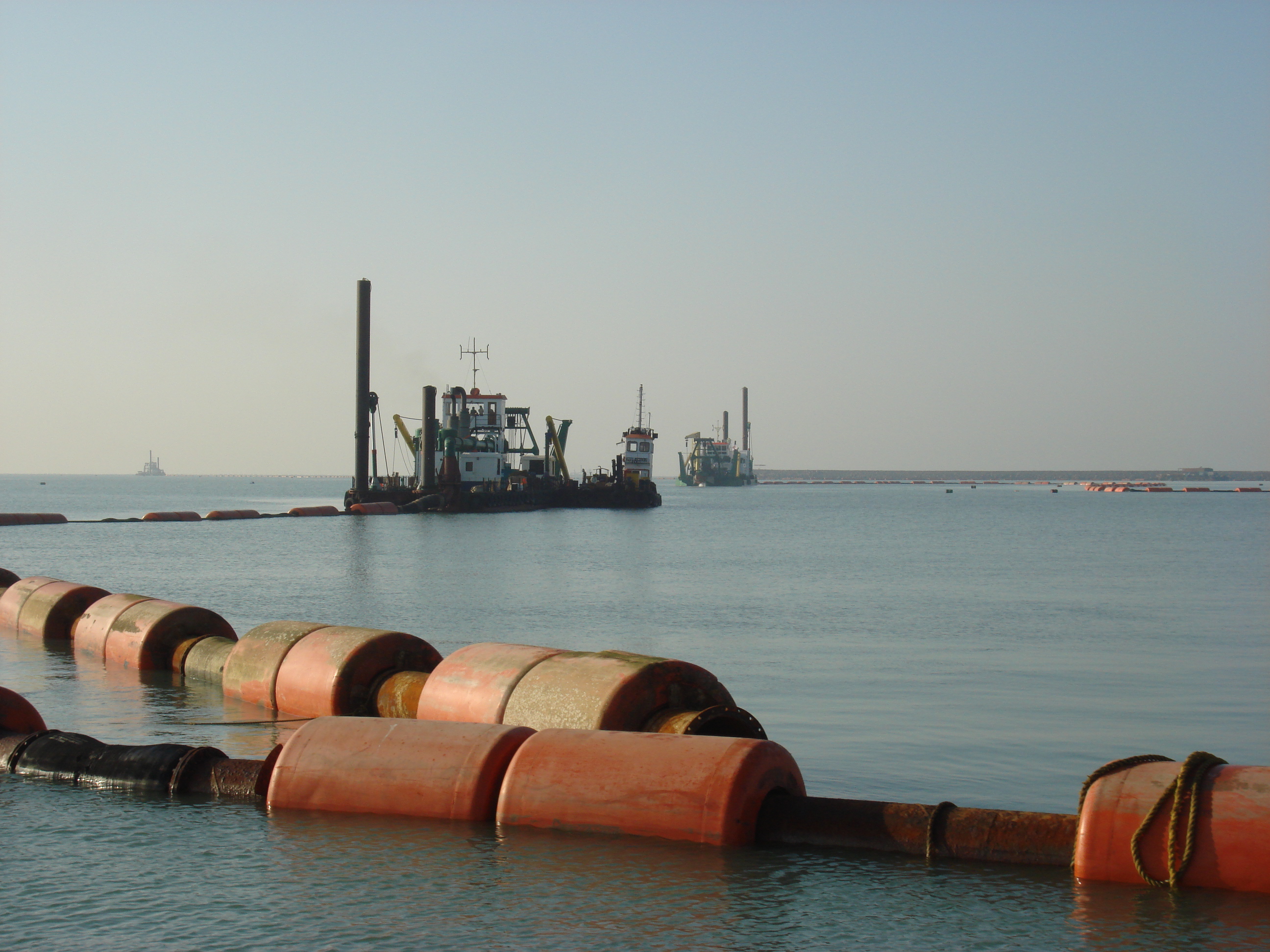Land reclamation

The exponential growth of the world’s population over the past century has put rising pressure on coastal zones. This has led to a rise in the number of land reclamation projects. Coastal areas have always been a favourite place for people to settle. These areas often have a more moderate and comfortable climate, as well as allow access to maritime food sources, and facilitate trade and transport.
For many centuries, the popularity of living in coastal areas didn’t pose a problem from a density point of view. However, industrial sites, residential areas, ports and airports are increasingly expanding in the direction of the water.
How does land reclamation work?
The land reclamation process uses sand, clay or rock from the seabed to create new land elsewhere. Many land reclamation activities are combined with projects for deepening of ports and access channels, since the reuse of the dredged materials for adjacent jobs may reduce the total costs
1. Project planning
After identifying an opportunity comes the planning phase. Figuring out the best way to approach a dredging project, determining the most optimal approach and equipment required in combination with the anticipated return on investment will provide an answer to the question: can and should we do it?
It is our aim to make sure that whatever project and approach you choose you will be successful. Royal IHC is able to assist in the very first phases of a project via consultancy, feasibility studies, setting up a preliminary business case and more.
2. Equipment selection
Once the general outline of a dredging project is known comes the phase of how exactly are we going to do this? The practical side of the operation. Do we need a cutter suction dredger, trailing suction hopper dredger or perhaps smaller, more specialised equipment? What size should it be? How much will it cost and is there more we need to successfully execute this work? But also, is our crew skilled enough? Can we do this or do we need training or support beforehand?
Royal IHC has equipment available designed specifically for the conditions suitable for land reclamation
3. Execution
Now that everything is in place; the studies have proven it possible, equipment has been delivered and personnel can operate it, it is just a matter of doing the job. In this stage of a project other concerns arise such as how can we keep the operation running, can we optimize our process and, possibly, how can we grow our business, find new work and expand our fleet.

Are you ready to start your project?
Get in touch and we will help you get started.